Rome, Italian Republic
Region: Lazio, Rome
Theme: Ancient Rome
Archaeological Site: Coliseum Archaeological Park
Visit: July, 2016
UNESCO World Heritage Site, 1980
| Website | Collection | Location |
|---|---|---|
 |
 |
 |
Colosseum Archaeological Park (Parco Acheologico del Colosseo) is a historic complex where the admirable Roman Coliseum together with the Palatine Hill and the Forum form part of the most extraordinary and iconic attraction of the city of the Caesars. Hail-Hail-Hail Caesar! Hail Augustus!!!
The Land of Emperors, gladiators, thinkers, politicians, heroes and above all the pride of the Romans. Rome is, no doubt, a legend of the present day, the ghost of its own history, playful with its characters, warlike, mystical and also religious. Rome is profoundly ROME !!! The triad Coliseum, Forum and Palatine is a full day, or more depending on your mood. Through the streets of the past there are countless historical references for reflection, full of lived moments, photos and a lot of walking.
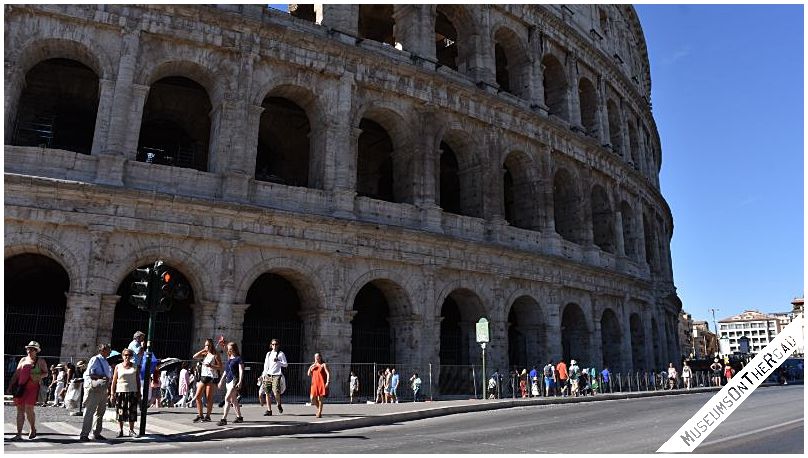
COLOSSEUM
Colosseum or Colosseo simply is a masterpiece of time in Rome – or the most significant – stage of battles, challenges, shows is the “prima donna” of the monuments. The construction of the Flavio Amphitheater, better known as the Coliseum, began around the year 71 CE. in the reign of Emperor Vespasian. The Colosseum was built in a valley, after draining a small lake that Emperor Nero used for the Domus Aurea, between the Palatine, Esquiline and Caelian hills. Emperor Titus inaugurated the Coliseum in the year 80, but he only finished the works that included the last floor two years later.
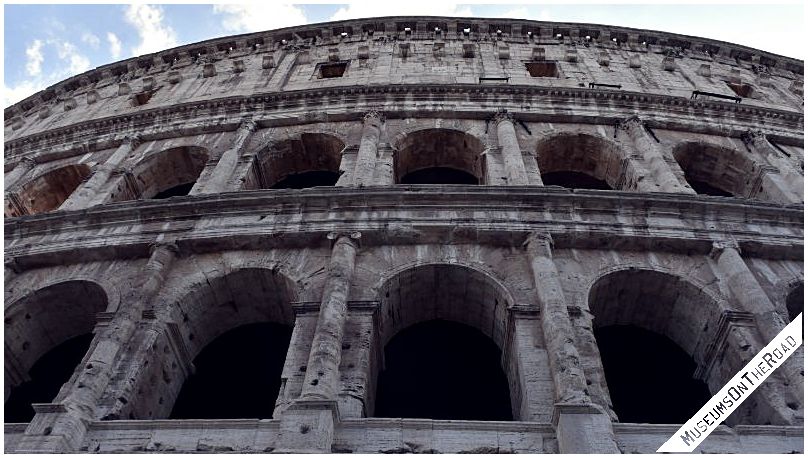
The Coliseum became the largest Roman amphitheater, with an elliptical structure 188 meters long, 156 meters wide and 57 meters high. Built with bricks and coated with travertine marble, it was divided into five levels and had a capacity for more than 50,000 people. When it was inaugurated by Emperor Titus, 100 days of games were held in the arenas, during which about 2,000 gladiators and 9,000 animals died. Attractions included executions, naval battles, gladiatorial combats, animal fights and hunting, among others. Their areas were defined according to social class, the closer to the arena, the higher the level they belonged to.
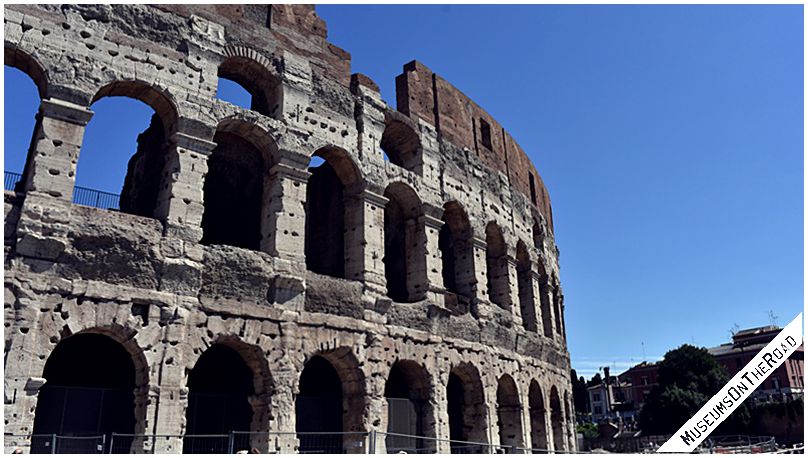

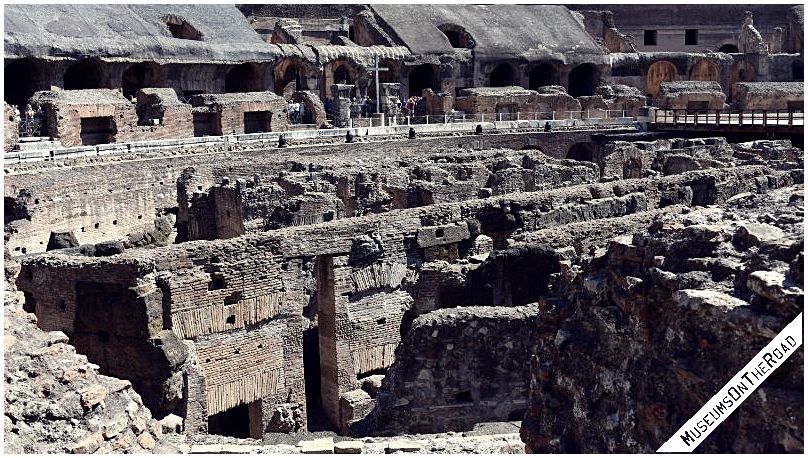
The amphitheater, the first permanent one erected in Rome, functioned as the main stage for fights in the city until the year 404 CE, when Emperor Flavius Honorius definitively prohibited combats between gladiators. After that, the Coliseum had several uses. During the Middle Ages, the marble and bronze of its structure were gradually looted and used to decorate churches and Catholic monuments.

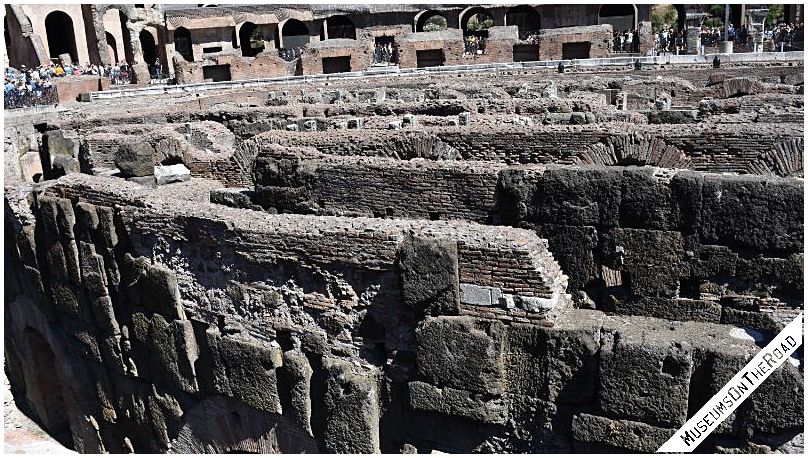
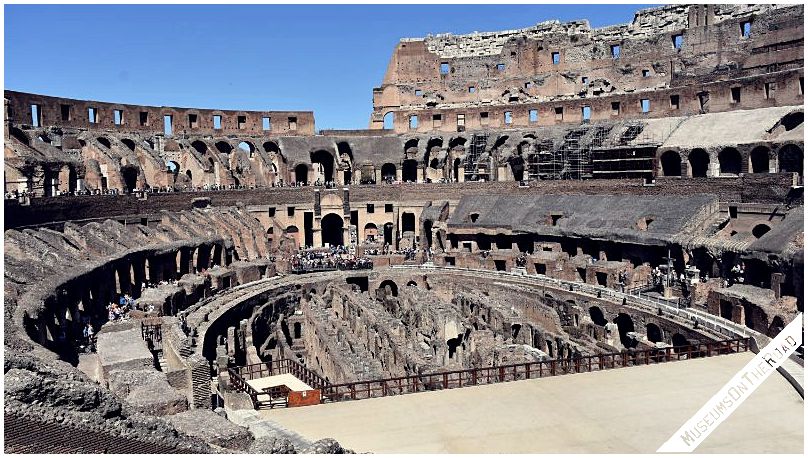
Excavations by the Colosseum sewers have returned the skeletal remains of various domestic and wild animals, including bears, lions, horses, ostriches.

(year 81 CE). It is at the entrance to the archaeological site closest to the Coliseum. This construction was the source of inspiration for the Arc de Triomphe in Paris. Emperor Domitian had the arch erected in honor of his brother Titus’ victories over the Jews of Jerusalem.
Photo-α: Roman Coliseum
Further information at: RomeMuseum.com & RodasNosPes.com
An arena the size of the madness of Men; otherwise… and certainly, even smaller.
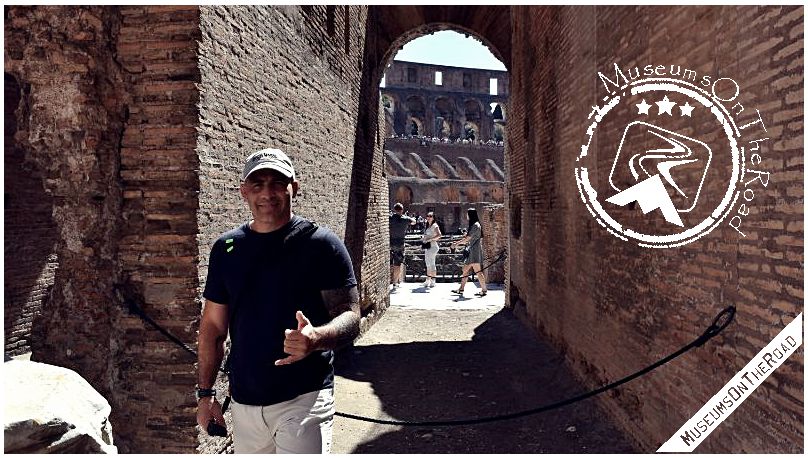
Valew Valew OnTheRoad ==🤙
Bom dia!
Uma sugestão, você pode dividir os monumentos em vários posts para ter mais visibilidade como o que faço. Belas fotos, portanto. tchau
LikeLiked by 1 person